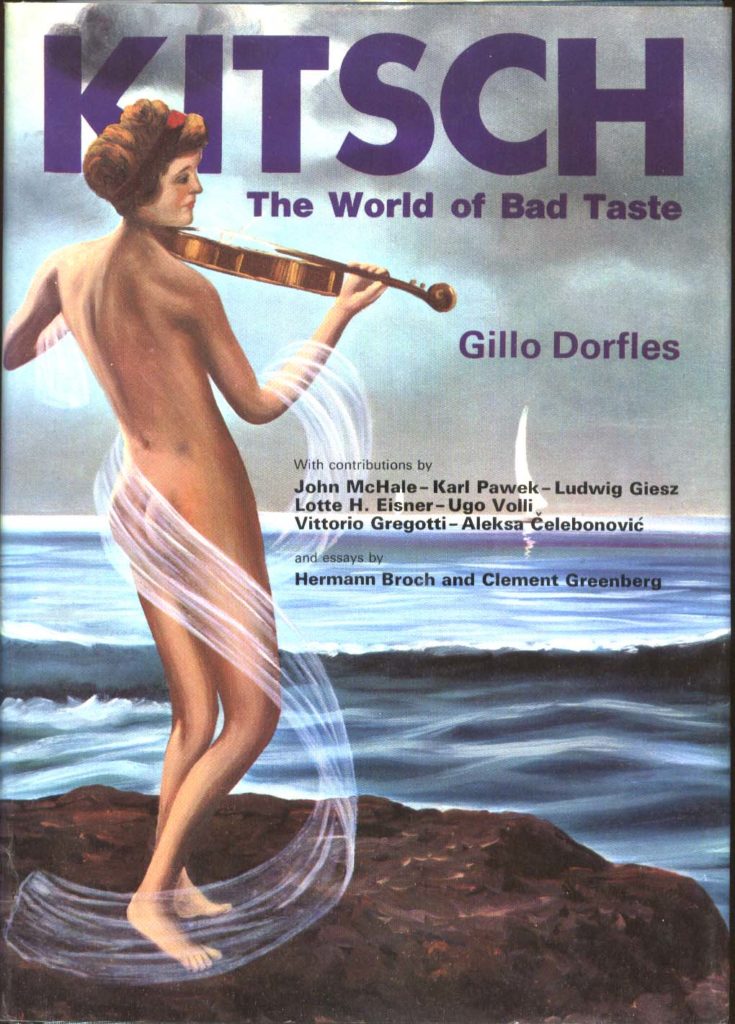Kenny Rogers was an American singer mainly known for his work in country music.
Since I have but a flimsy a connection with that genre, my lemma on Mr. Rogers is satisfyingly brief.
However, early in his career, Kenny put out two quirky and interesting records.
The first is “Just Dropped In (To See What Condition My Condition Was In)“, a song that reflects the LSD experience and captures the short-lived psychedelic era of the late 1960s.
Then there is “Ruby, Don’t Take Your Love to Town“, a song about the male angst of a paralyzed Vietnam war veteran and his wife who goes to town to find a lover.
The “Ruby” song concludes with the darkly ominous words “If I could move I’d get my gun and put her in the ground.” Bit of nasty femicide threat there for ya.

